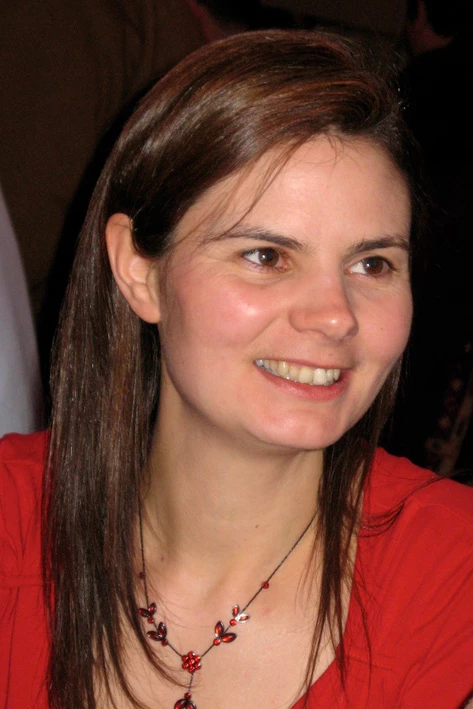Digging for worms in the Falkland Islands
, 20 Ionawr 2015
18.01.2015
First of all, here is the photo of the reproductive stage of a worm (photo 1), which I found during night sampling two days ago, but forgot to send! Very nice to collect, just unfortunately not what I was after.
Mare Harbour was an interesting visit, having never been down to a shore almost completely surrounded by barbed wire before (photo 2)! This shore is within the military area here so I was lucky to get access at all, although the officer on duty seemed totally bemused as to why I would even want to. It turned out to be a very hard and rocky area with some areas of flat rocks over gravelly sand and other areas of vertically ridged rock. The flat rock areas had a reasonable diversity of species although collecting was hard work as there were only small numbers of animals to find. Still I did come away with some animals I definitely haven’t seen before including the ‘pretty’ catch of the day, which was a syllid (see photo 3) with its wonderfully intricate hair-do. There were also many flabelligerids (as difficult to say as spell: photo 4). This particular strange species covers itself with mucus, which silt adheres to. This gives it the appearance of jelly when you find it.
Brendan also managed to get out on a dive today which he was very pleased about although his description of it being ‘just like West Wales’ led me to believe it wasn’t the best that the Falkland Islands can offer. However, he brought me back a present of 4 bags of mud. Not the most romantic present I’ve ever been offered certainly, but still there were some nice worms in there including a bamboo worm (maldanid: photo 5). These worms are often very hard to collect whole making identification almost impossible, however, this one was completely intact.
19.01.15
Today saw us driving up to the north east of the island to the region of Rincon Grande. As usual I had no idea what to expect, but with the wind howling again I merely hoped the rain would hold off, so that the couple of hours on an exposed beach would not be too gruelling. I got my wish for most of the duration, to ask for more would just be greedy I suppose!
The shore was mostly rocky again but with one small inlet of softer muddy sand. I set Brendan to work with the fork (photo 6) and studiously watched what came up – lots of tubes and other worms dangling down! We spent some happy time here slowly teasing the long worms out of their sand beds and shoving other tubes into pots before moving on.
Further round the bay in the rockier sections we moved on to rock turning, gaining a small diversity of worms which again were small in number and difficult to find. Working independently with forceps and pot in hand (photo 7), Brendan managed a larger haul than me, which he was very proud of although apparently we were not competing!
On our last stop we returned to our starting point in the softer sediment but at the low tide mark this time to see if the type of worms had changed. There were certainly a couple of different types and we also found an unusual type of crustacean, a serolid isopod, which is flattened and ‘trilobite-like’ and often found in pairs (photo 8). These certainly were an intriguing distraction. Shortly afterwards the tide turned and we were out of time, which meant we had to head back.
Off to the northwest tomorrow to Foul Bay – hopefully not as bad as the name sounds!
